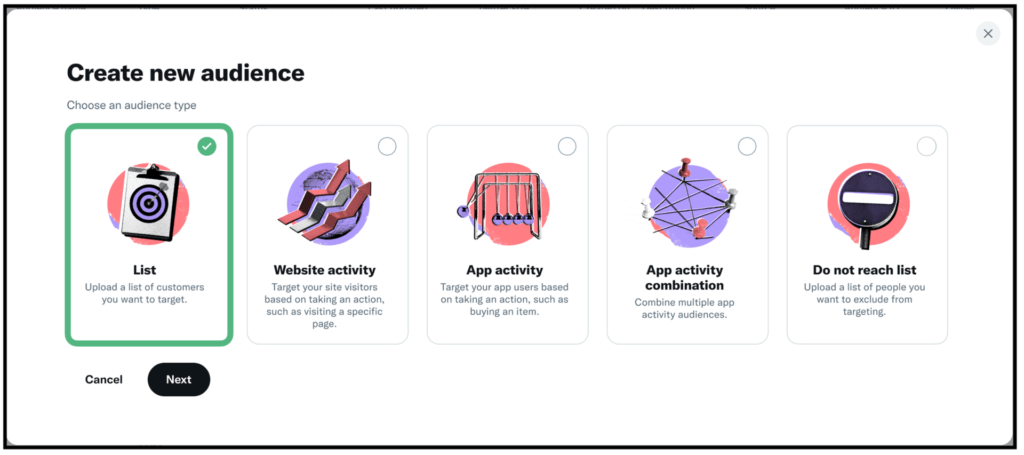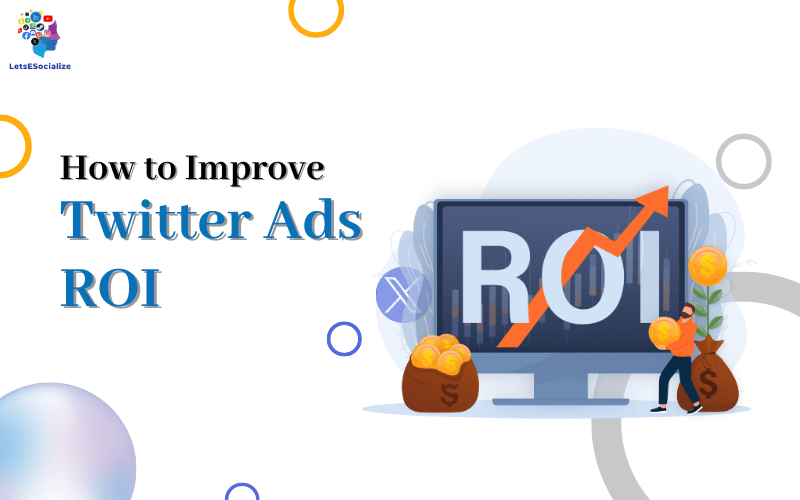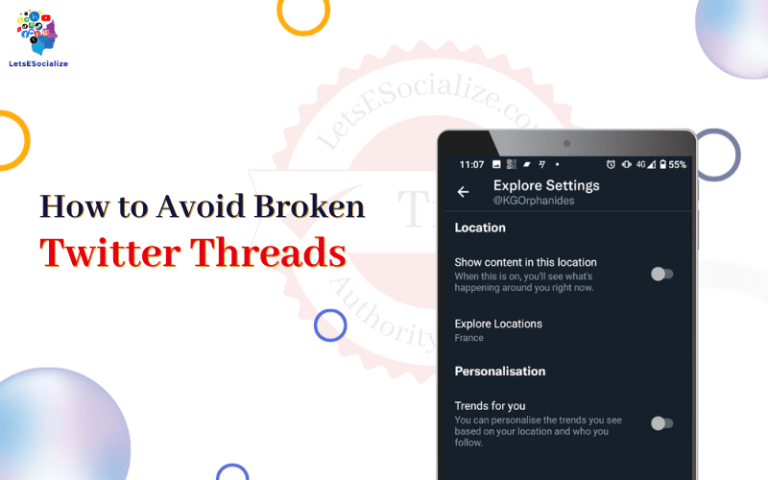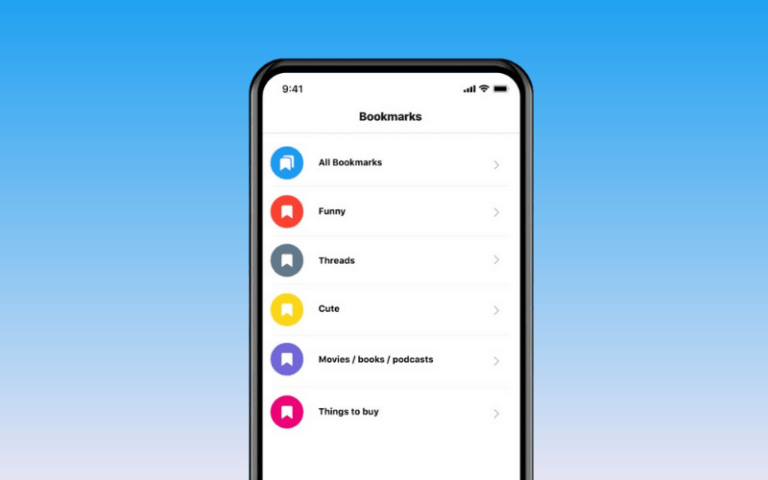Introduction
For brands investing in Twitter ads, achieving the best possible return on their ad spend is crucial. With more competition on the platform, simply running Twitter campaigns is no longer enough. Brands must actively work to optimize ROI.
This comprehensive guide will review proven strategies, best practices, and critical analysis techniques to improve Twitter Ads ROI and result. By focusing on value, not just volume, and continuously honing campaign performance, brands can ensure their ad dollars are well spent.
Table of Contents
Setting ROI Benchmarks for Twitter Ads
The first step is establishing clear ROI expectations and benchmarks to measure against:
- Review past campaign performance and aggregate metrics to determine typical baseline results.
- Research industry benchmark costs and conversions for Twitter ads in your vertical.
- Factor in broader metrics like lifetime customer value when calculating potential ROI.
- Set specific ROI goals for each campaign and the metrics needed to track them.
- Continuously monitor campaign performance against benchmarks to identify improvement opportunities.
Having pre-defined ROI goals and realistic benchmarks is key for accurately evaluating success.
Key Metrics for Measuring Twitter Ads ROI

Focus on these vital metrics for determining Twitter ad results:
- Cost Per Acquisition (CPA) – Total ad cost divided by conversions.
- Return on Ad Spend (ROAS) – Revenue divided by total ad spend.
- Customer Lifetime Value (LTV) – Long-term value of acquired customers.
- Cost Per Click (CPC) – Cost per website click-throughs.
- Click-Through Rate (CTR) – Clicks divided by impressions.
- Engagement Rate – Likes, retweets, etc. per impression.
- Impressions – Total ad views. It can indicate reach.
Analyzing these metrics identifies where in the conversion process ROI can be optimized.
Ways to Improve Twitter Ads ROI
Apply these proven tactics to increase return on ad spending:
- Continually refine targeting to reach only qualified audiences.
- Set specific cost-per-conversion targets to constrain spending.
- A/B test ad is creative to identify higher-performing options.
- Ensure attribution doesn’t overvalue specific touchpoints.
- Promote organic tweets to lower the cost of reach.
- Prune out underperforming ads, dragging down results.
- Remotivate lapsed engagers with tailored ad messaging.
- Advertise high-lifetime value products or services.
- Monitor daily to adjust bids and budgets dynamically based on performance.
Frequent testing and optimizing campaign components are key to achieving better efficiency.
Improving Targeting to Increase Relevance

Who you reach with ads significantly impacts results. Follow these targeting best practices:
- Leverage existing customer lists and engaged followers.
- Layer on multiple interests/behaviors to refine your audience.
- Analyze converting users to identify additional similar audiences.
- Actively exclude low-value segments using negative targeting.
- Target by device if conversion potential differs significantly.
- Use keyword targeting sparingly for clearly identified interests.
- Create custom audiences from your site visitors or app users.
- Remotivate past engagers using tailored messaging.
More relevance between users and your ads will naturally lift all metrics.
Writing ROI-Focused Ad Copy
Ensure your ad copy drives conversions:
- Lead with the most compelling benefit or offer upfront.
- Include unique discount or incentive messaging.
- Make the CTA immediately clear.
- Keep language targeted around your audience’s needs.
- Use urgency cues or scarcity messaging if appropriate.
- Include text overlay on images or video that communicates key selling points.
- Test different ad variations to determine what motivates users most.
- Tailor copy to match different parts of the conversion funnel.
Crafting copy that gets users to take action improves downstream results.
Creating Higher Converting Ad Creative
Optimize visual components:
- Show the product or service benefits visually.
- Make sure branding is clear and consistent.
- Align look and feel with your brand identity.
- Use video ads to demonstrate better and engage.
- Test static images vs. carousels vs. stories.
- Ensure text and CTA buttons are readable on mobile.
- Consider square and vertical formats for mobile optimization.
- Feature people and emotions users can relate to.
- A/B tests completely different creative approaches.
Higher quality and relevance in ad creative lifts key metrics.
Optimizing Landing Pages and Post-Click Experiences

Remove friction beyond your ads:
- Ensure landing pages load quickly on mobile.
- Match landing page messaging to the specific ad.
- Keep forms short and only collect essential info.
- Use exit-intent popups to capture abandoning visitors.
- Display highly targeted on-site content or special offers.
- Add retargeting pixels across key pages.
- Make essential journeys like purchases mobile-friendly.
- Include referral tags to track downstream conversions from Twitter ads.
A streamlined and consistent experience from ad click to conversion maximizes ROI.
Leveraging Influencers and Advocates to Boost ROI
Influencers provide creative ROI opportunities:
- Negotiate affiliate commissions for sales influencers drive.
- Give loyalty perks or rewards for referrals and content.
- Enable influencers to create unique promo codes for followers.
- Ask influencers to create Twitter ad content tailored for their niche audiences.
- Sponsor relevant influencers’ tweets promoting your brand handle or content.
- Request influencers to retweet or comment on your ads to add credibility.
- Repurpose high-performing influencer content into paid ads.
Tapping into loyal influencers’ reach can powerfully supplement your efforts.
Making Twitter Ads More Cost-Effective

Reduce wasted ad spend:
- Set specific cost-per-conversion and ROAS targets.
- Continually refine bids and budgets based on performance data.
- Ensure attribution doesn’t misrepresent what’s truly working.
- Delete consistently underperforming ads or ad groups.
- Pause low-potential audiences and placements.
- Advertise services with higher average order values or margins.
- Check if tweaking targeting, bids or budgets lifts conversions.
- Analyze monthly metrics to identify the most efficient channels.
Monitoring cost efficiency helps guide the budget to high ROI areas.
Improving Conversion Tracking
Robust tracking provides visibility into what’s working:
- Install the Twitter pixel across critical pages.
- Integrate Twitter ads data into your analytics system.
- Tag links with UTM codes to identify traffic sources.
- Track email signups, downloads, purchases, and other vital events.
- Tie conversion data back to ROI analysis for insights.
- Ensure cross-device measurement follows users across devices.
- Factor in view-through conversions beyond direct clicks.
Accurately quantifying the downstream impact of Twitter ads is vital for calculating true ROI.
Creating Custom Audiences From Converters

Lookalike audiences help scale:
- Build audiences modeled after users who convert or exhibit ideal behaviors.
- Create different lookalike audiences per converting actions if goals differ.
- Continuously update lookalikes with new converters to keep them fresh.
- Test expanding audience sizes to identify the optimal scale balance vs. precision.
Lookalike audiences enable you to replicate your proven success stories at scale efficiently.
Automating Twitter Ads Management to Improve ROI
Automation streamlines optimization:
- Use rules to pause poor-performing ads or targets automatically.
- Set up real-time alerts when metrics drop below ROI thresholds.
- Enable auto-bidding algorithms to optimize bids against goals.
- Schedule dynamic budget changes based on performance trends.
- Leverage AI tools to test ad variations and creativity at scale.
- Integrate Twitter ads data into business intelligence systems.
Automating repetitive optimization tasks saves time while improving results.
Ensuring Proper Attribution to Value Conversions
Flawed attribution undermines ROI:
- Avoid solely using last-click attribution if conversions involve multiple touchpoints.
- Analyze assist conversions to quantify earlier interactions’ influence.
- Use data-driven attribution if possible vs. rules of thumb.
- Factor in view-through impacts across devices.
- Account for offline or non-Twitter online influences preceding conversions.
Proper attribution ensures each touchpoint gets valued accurately based on its true contribution.
A/B Testing Campaign Components to Improve ROI

Constant tests reveal optimization opportunities:
- Test different audience segments against each other.
- Experiment with higher and lower bids.
- Iterate on ad copy and creative designs.
- Try a mix of video ads, images, carousels, etc.
- Compare results across different landing pages.
- Test sending traffic to different on-site destinations.
- Evaluate performance differences across devices and placements.
Small iterative changes and ongoing experimentation compound results over time.
Also read: A/B Testing for Twitter Ads: The Ultimate Guide to Improving Performance
Monitoring Trends and Seasonality
Watch how results fluctuate:
- Look at daily and weekly performance trends to spot patterns.
- Identify seasonal differences in conversions and ROI.
- Compare performance across holidays, events, and industry timing.
- Note when new competitors enter your space.
- Account for changes in targeting audience sizes over time.
Understanding recurring trends allows you to plan and staff appropriately around anticipated fluctuation.
Optimizing Twitter Ads ROI Reporting
Leverage Twitter’s reporting capabilities:
- Dashboard snapshot of campaign ROI performance.
- Conversion tracking reports.
- Engagement metrics by target audience.
- Changes over time data.
- Exportable data to combine with other sources.
- Real-time alerting based on key performance indicators.
-Cost per conversion tracking.
Regularly accessing and analyzing Twitter’s robust analytics ensures you optimize based on real data.
Conclusion
Improving ROI from Twitter ads investments requires going beyond essential campaign management. By tracking ROI metrics, refining targeting, testing ad creative, ensuring proper attribution, and optimizing the post-click experience, brands can significantly enhance results from their Twitter ads spend.
Ongoing minor tweaks and a continuous optimization mindset will compound gains over time. With the right analytics foundations and processes, brands can turn Twitter ads into a high ROI channel.







